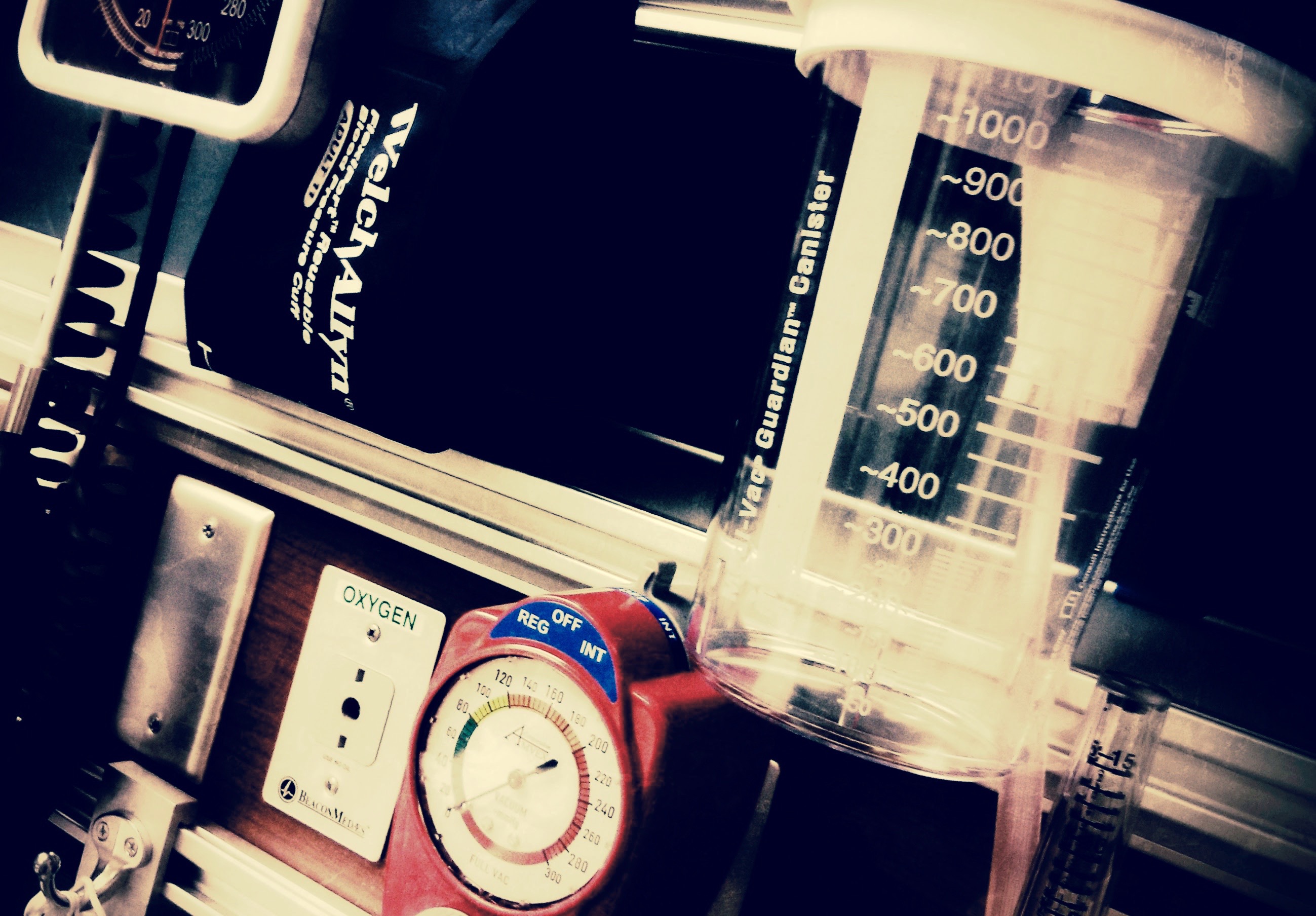So I’m sitting at McDonald’s with my 93 year-old father-in-law, who likes to eat from the all-day breakfast menu for lunch. Behind him, across the aisle, sit three elderly gents who don’t look to be quite as old but nevertheless it’s a 70-plus group. They gather daily apparently.
One man announces that he can’t make lunch tomorrow. “My daughter is having a baby”. When, another geezer asks. “At 9:30 in the morning” is the answer. “How do you know?” I could answer that one, and the reason why. I lean forward and listen with greater focus. “She’s having a Cesarean”, the man answers. What he says next chills my bones and inflames my anger: The doctor says that the procedure is “safer” than natural childbirth.
Under the Knife
An investigative study by Consumer Reports disputes the “safer” claim. The headline makes the point: “C-sections increase risks for mothers and infants“; you’ll gain more from reading than from my summarizing. Childbirth Connection offers a handy guide for prospective mothers about C-section vs. vaginal birth. The organization reports that nationwide, one in three women give birth by Cesarean, and that “experts agree that’s too many”. More: “Vaginal birth is much safer than a C-section for most women and babies”.
The one-in-three rate disturbs me, because that was the percentage in Maryland, where our daughter was born 21 years ago. My wife and I chose a midwifery rather than hospital because of the likelihood of Cesarean.
The Sacramento Bee keeps an online database of Cesarean rates, but with no listed timeline to assess if its up-to-date. Among the 16 hospitals listed for San Diego, C-sections range from 27 out of every 100 births (Fallbrook Hospital District) to 38 (Sharp). Los Angeles Community Hospital tops the list: Doctors surgically remove babies from the wombs in 64 percent of the births.
Leapfrog Group keeps a current list (Sept. 30, 2015). But it’s incomplete because hospitals self-report data, and many choose not to. Nevertheless, there is California statewide compilation. Among the 158 hospitals, the average C-section rate is 25.7 percent. Among the 33 states on the list, Utah’s rate is lowest (18.3 percent) and Kentucky’s is highest (35.3 percent).
Labor Pains
The safety claim reported (granted secondhand) by this woman’s doctor is a lie—except for extraordinary circumstances such as breach birth or other complications. C-section is convenient for the doctor, hospital staff, and even the mother two days before U.S. Thanksgiving. The physician is assured the mother won’t go into labor and spoil his turkey feast and football game.
Childbirth Connection gives eight compelling reasons why C-section rates are high, while dispelling three common myths, too. No. 7: “Compared with the past, health professionals have greater expectations for work-life balance. In maternity care, this is seen in reduced willingness to attend births at night and on weekends and holidays, and more births that are scheduled to take place on weekdays”.
Putting aside my cynical, snarky attitude about the holiday, any or all of reasons could apply here. When we chose midwifery over hospital in 1994, two reasons drove the decision—and they interrelate: Convenience for hospital and maternity staff, including the doctor. Common practices, such as making a woman lie still on her back for baby monitor apparatus, work against what makes childbirth natural, such as gravity from the mother-to-be walking around.
Another: Because C-sections are so common, hospitals discourage, if not actively prevent, women from eating or drinking during labor. There is risk the woman could vomit and choke during surgery, because of anesthesia’s effects, if she has ingested anything. But if the labor is long, sucking ice cubes won’t sustain the mother’s energy. So the act of blocking nourishment because there might be Cesarean leads to one when she becomes too exhausted to give birth vaginally.
Childbirth Connection rightly observes:
The decision to switch to Cesarean is often made during labor when caregivers could use patience and watchful waiting, positioning and movement, comfort measures, oral nourishment, and other approaches to facilitate comfort, rest, a calm environment, and labor progress. Providing more women with such care would lower the Cesarean section rate.
For my wife’s labor, two midwives manually checked the baby’s vital signs and allowed Annie to drink juice. She could move around, another benefit.
Something else: Our daughter was 18 days overdue when born. A doctor likely would have induced vaginal birth or performed a C-section. But we knew that natural was the “safer” choice, and we defied a medical culture that favors intervention. Annie gave birth naturally, with the assistance of two midwives. To this day, my left hand occasionally aches from her squeezing it during labor.
